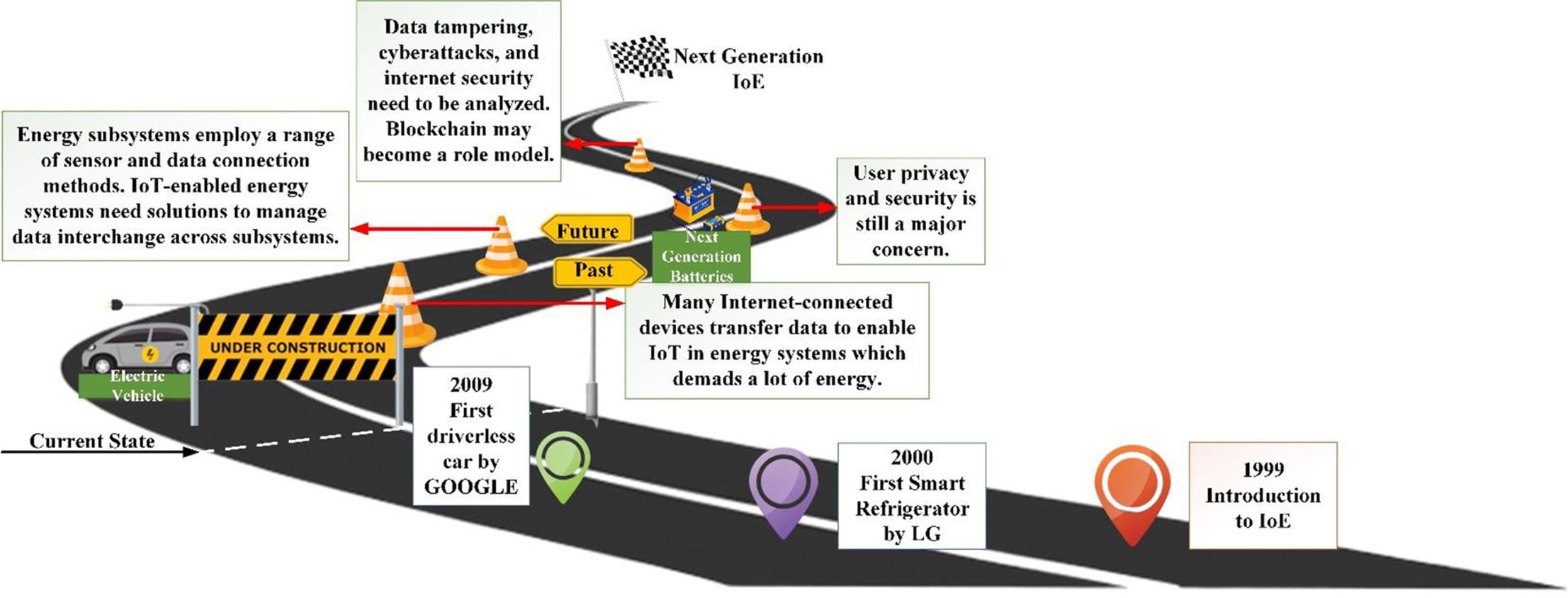Elsevier,
The Lancet HIV, Volume 10, October 2023
This Article supports SDG 3 by showing that interventions and strategies to reduce mortality from HIV-related CNS infection in public hospitals within routine care services can substantially reduce all-cause 2-week mortality among people living with HIV presenting to public hospitals with suspected HIV-related CNS infection.
Elsevier,
Energy Conversion and Management: X, Volume 20, October 2023
The results of this study, which looks at the emissions and performance of the ICE fueled by ethanol, are in line with SDGs 7 and 13. Regarding optimization and prediction, the distinctive combination of ANN and RSM encourages sustainable industrialization, more conscientious consumption, and more ethical production patterns. All these are crucial components of SDGs 9 and 12. To make refined decisions and achieve improved performance and emissions, this research can benefit engine producers and researchers. This alliance between scholars and industry stakeholders supports SDG 17 (Partnerships for the Goals), which also encourages knowledge-sharing to advance the SDGs as a whole.
Elsevier,
Cell Reports Physical Science, Volume 4, 18 October 2023
This article tackles the issue of high energy consumption created by data centers. They find an immediate way to quickly mitigate some of the massive energy sink is by simply operating data centers at higher temperatures. As such, this article supports SDGs 9 (ensuring data centers that are key to current society are sustainable) and 13 (a rapid solution to immediately reduce fossil-fuel driven energy consumption).
Elsevier,
Lancet Regional Health - Americas, Volume 26, October 2023
This Article supports SDG 3 by analysing 40 studies from Latin America to find a lifetime prevalence of depressive disorder in this region of 12.6%, and a current prevalence of 3.1%. The authors note that after adjusting for income and using the same inclusion criteria and assessment methods, these estimates may be higher than global estimates provided by previous systematic reviews; however, more mental health research is needed in the region to generate more definitive conclusions.

